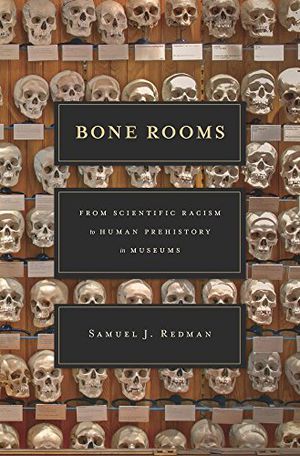The key words: dehumanize, dead, Indians
In the 2016 book ‘Bone Rooms: From Scientific Racism to Human Prehistory in Museums’, Samuel J Redman notes: “The campaign to preserve and collect was viewed as a race against time; bone empires benefited from this powerful sentiment by conceptualising indigenous and ancient bodies as a limited and scientifically valuable resource.”
READ: Native Americans and the dehumanising force of the photograph | Wellcome Collection
When Museums Rushed to Fill Their Rooms With Bones
YES: When Museums Rushed to Fill Their Rooms With Bones
**
The history of these collections is dramatic, occasionally punctuated by unexpected twists. The story emerges from an ongoing competition to establish the largest and most prestigious museums in cities across the United States. At times driven by both ego and intellect, scientists established a new field as they collected, their studies working to shape ideas about race and what it means to be human. For scientists who collected the dead, the desire to obtain remains for growing bone rooms often suspended or displaced codes of ethical behavior. Museum curators, as well as amateur collectors, competed and collaborated to understand the body as a scientific object; at the same time, visitors to museums that displayed bodies were continually enthralled, almost surprised, by the humanity of ancient and recent bodies they found exhibited before them.
This is an adapted excerpt from Bone Rooms: From Scientific Racism to Human Prehistory in Museums, published by Harvard University Press.










No comments:
Post a Comment
tell us your thoughts!